Table of Contents
- What Is Galingale? (And How It's Different From Ginger)
- Greater vs Lesser Galingale: Key Differences
- Where to Buy Authentic Galingale
- Essential Culinary Applications
- Pro Cooking Techniques
- Optimal Storage Methods
- Critical Usage Questions Answered
- Why Authentic Galingale Matters
What Is Galingale? (And How It's Different From Ginger)
Galingale (galangal) isn't just "Thai ginger"—it's a completely different rhizome essential for authentic Southeast Asian cuisine. Unlike ginger's spicy warmth, galingale delivers a distinctive citrus-pine aroma with woody undertones that forms the flavor foundation of Thai curries, Tom Kha Gai soup, and Indonesian rendang.
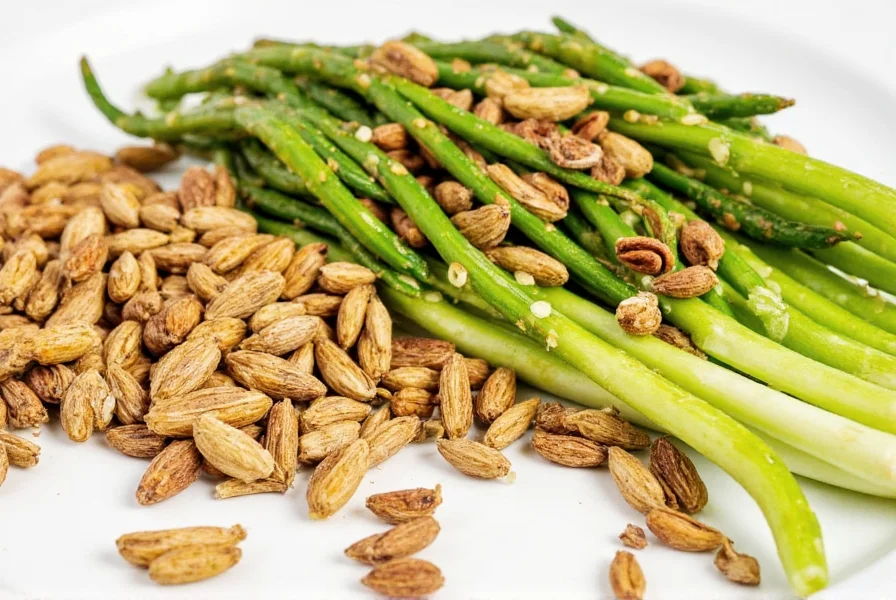
The critical chemical difference: Ginger contains zingerone (providing heat), while galingale contains α-pinene and cineole that create its signature pine-citrus notes. This is why substituting ginger fundamentally alters Southeast Asian dishes—you're not just replacing an ingredient, you're changing the flavor architecture.
| Characteristic | Galingale (Galangal) | Ginger |
|---|---|---|
| Flavor Profile | Sharp citrus-pine, woody, floral | Spicy, warm, peppery |
| Texture | Fibrous, woodier, harder to grate | Softer, more fibrous |
| Cooking Time | Requires longer cooking to soften | Add later to preserve heat |
| Signature Dish Role | Forms aromatic base in Thai curries | Adds heat in Indian/Chinese cuisine |
Greater vs Lesser Galingale: Key Differences
Understanding which type you need prevents recipe failures. The wrong variety creates noticeable flavor deviations in authentic dishes:
- Greater Galingale (Alpinia galanga) – The culinary workhorse with intense peppery-citrus notes. Its tougher texture requires pounding or extended cooking. Essential for Thai red/green curry pastes and Tom Kha Gai.
- Lesser Galingale (Alpinia officinarum) – Milder, sweeter profile favored in Chinese medicine. Its smoother texture works in delicate broths but lacks the punch needed for authentic Thai cooking.
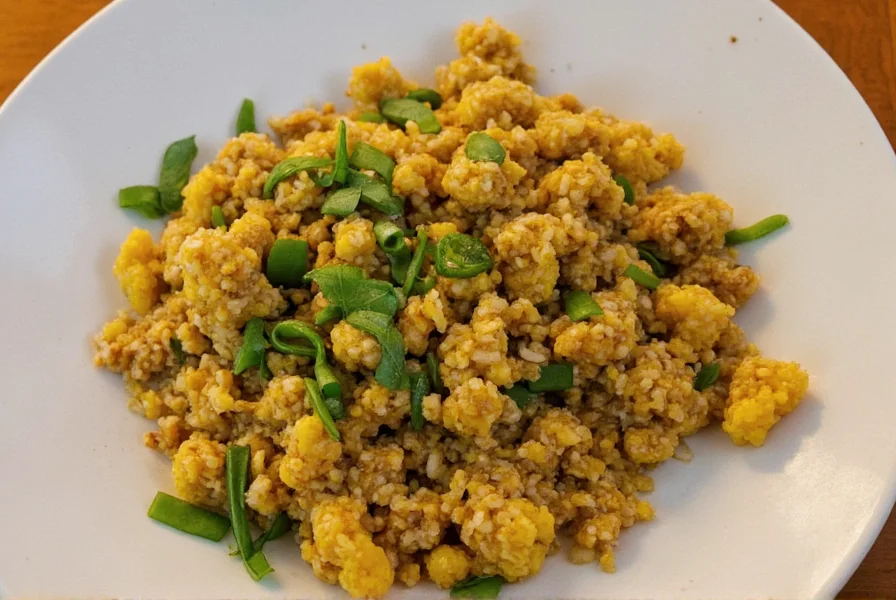
| Type | Flavor Intensity | Critical Culinary Applications | Substitution Risk |
|---|---|---|---|
| Greater Galingale | ★★★★★ | Thai curries, Tom Kha Gai, Indonesian sambals | High - no adequate substitute |
| Lesser Galingale | ★★★☆☆ | Chinese herbal broths, mild stews | Medium - can use fresh turmeric + lemon zest |
Where to Buy Authentic Galingale
Most grocery store "galangal" is actually inferior substitutes. Here's how to find authentic product:
| Source | Reliability Score | What to Verify | Pricing Guide |
|---|---|---|---|
| Thai/Vietnamese Markets | ★★★★★ | Look for firm roots with pinkish tinge inside | $2.50-4/lb |
| Specialty Online Retailers | ★★★★☆ | Check harvest date on frozen roots | $8-12 for 8oz frozen |
| Mainstream Grocery Stores | ★☆☆☆☆ | Avoid if labeled "Chinese ginger" | $5-7/lb (often mislabeled) |
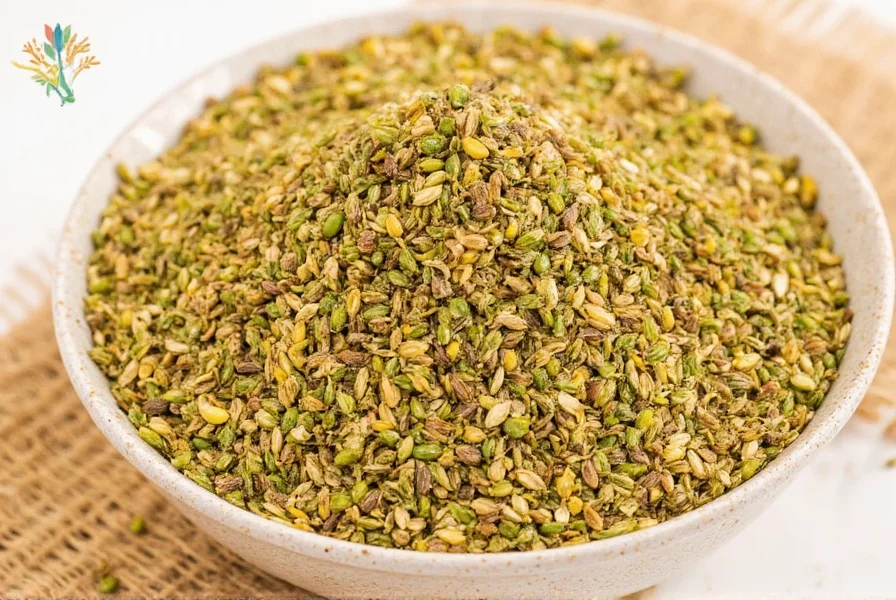
Critical buying tip: Scratch the skin lightly—authentic greater galingale releases a distinct pine-citrus aroma within seconds. If you smell only earthiness, it's likely ginger or lesser variety.
Essential Culinary Applications
Galingale isn't interchangeable—it serves specific technical roles in Southeast Asian cooking:
- Tom Kha Gai Foundation: Thin slices simmered in coconut broth create the signature aromatic base. Never substitute ginger—it produces a completely different flavor profile.
- Curry Paste Activation: When pounded with lemongrass and kaffir lime, its enzymes unlock complex flavor compounds crucial for authentic Thai curries.
- Flavor Layering: Adds top-note brightness that survives long cooking times (unlike lemongrass which fades).
- Oil Infusion: Simmered in coconut oil for 20 minutes creates a flavor base for stir-fries that withstands high heat.
- Marinade Catalyst: Its acidity tenderizes proteins while adding aromatic complexity without overpowering.
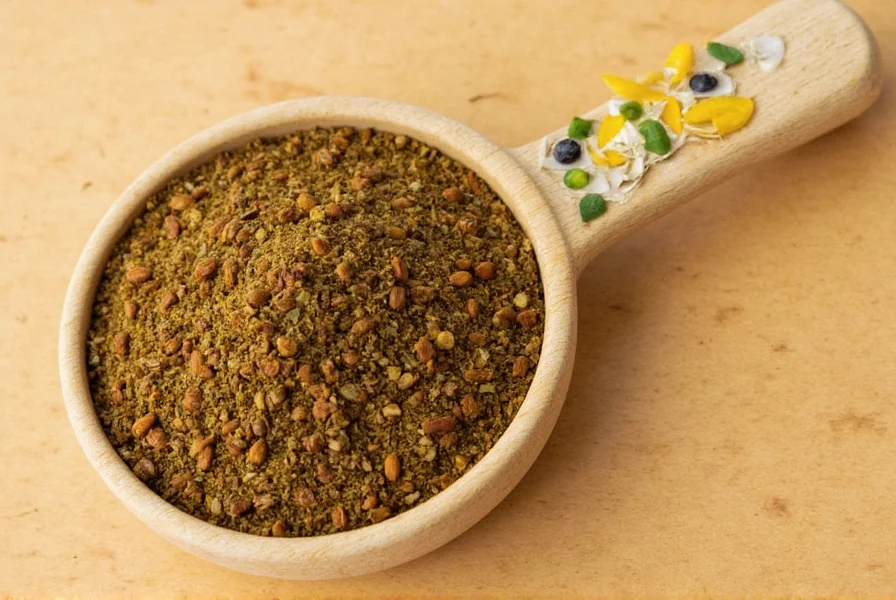
Pro Cooking Techniques
Amateur mistakes ruin authentic flavors. Follow these chef-recommended methods:
- Preparation Secret: Freeze roots for 20 minutes before peeling—reduces fibrousness and makes skin removal easier.
- Cutting Method: For soups: slice paper-thin on diagonal. For pastes: freeze then grate with ceramic knife.
- Timing Matters: Add to curries 5 minutes before other aromatics—it needs longer to release flavor compounds.
- Flavor Maximization: Pound with 1 tsp salt before adding to release maximum aromatic compounds.
- Substitution Reality: In emergencies, use 1 tsp fresh turmeric + 1/2 tsp lemon zest + pinch of black pepper—but expect noticeable flavor deviation.
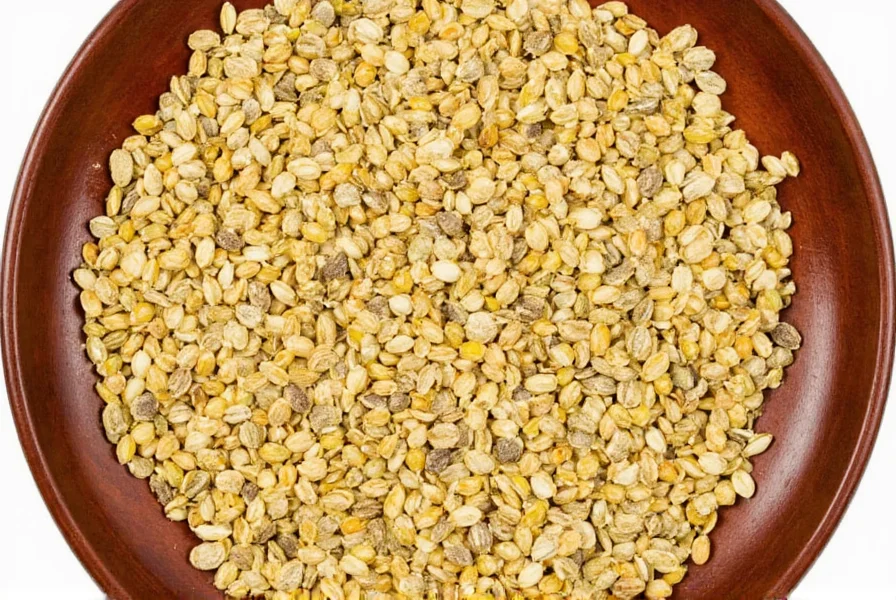
Optimal Storage Methods
Galingale degrades faster than ginger. Preserve potency with these methods:
- Fresh Roots: Wrap in damp paper towel inside perforated plastic bag. Store in vegetable crisper for 10-14 days (not 3 weeks like ginger).
- Freezing Technique: Slice into 1/4" coins, freeze on tray, then vacuum seal. Retains 95% flavor for 6 months.
- Paste Preservation: Mix 1:1 with neutral oil, freeze in 1-tsp portions. Thaw directly into hot dishes.
- Dried Alternative: Dehydrate slices at 120°F for 8 hours, then grind. Use 1/4 tsp powder = 1" fresh slice.
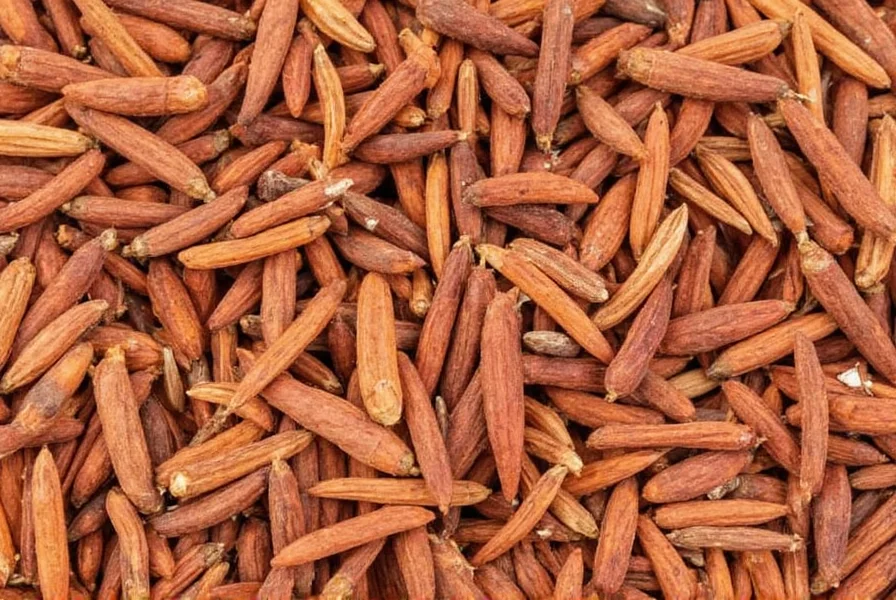
Critical Usage Questions Answered
Why can't I substitute ginger for galingale in Thai recipes?
Ginger contains zingerone that creates spicy heat, while galingale's α-pinene provides pine-citrus notes. Substituting alters the fundamental flavor architecture—like using oregano instead of basil in Italian cooking. In Tom Kha Gai, ginger creates an entirely different soup profile that's not authentic Thai.
How do I know if my galingale is fresh enough for authentic cooking?
Fresh greater galingale should have: 1) Pinkish tinge when cut (not pure white like ginger), 2) Immediate pine-citrus aroma when scratched, 3) Firm texture that doesn't yield to finger pressure. If it smells musty or feels soft, it's lost its essential oils and won't deliver proper flavor.
What's the single most common galingale mistake in home cooking?
Adding it too late in the cooking process. Unlike ginger, galingale requires 15-20 minutes of simmering to fully release its flavor compounds. In curry pastes, it should be the first ingredient pounded to activate enzymatic flavor development.
Does dried galingale powder work for authentic Thai cooking?
Only in emergencies. Fresh galingale contains volatile compounds that evaporate during drying, losing 60-70% of its distinctive aroma. For authentic results, frozen fresh roots (available at Asian markets) are the minimum acceptable substitute when fresh isn't available.
Why Authentic Galingale Matters
The difference between authentic Southeast Asian cuisine and "inspired" versions often comes down to proper galingale usage. This isn't just another root—it's the aromatic cornerstone that defines regional flavor profiles. When you use genuine greater galingale correctly, you're not just making soup or curry—you're accessing centuries of culinary tradition where flavor layering follows precise scientific principles.
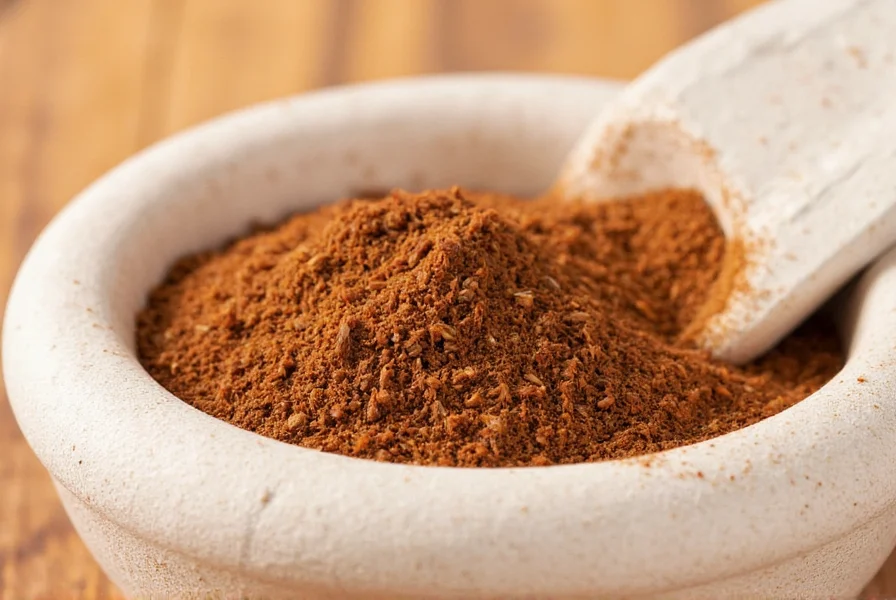
For truly authentic results, treat galingale as the irreplaceable ingredient it is—not a "Thai ginger" substitute. The distinctive pine-citrus notes it provides can't be replicated, and once you experience dishes made with proper galingale technique, you'll understand why it's been cherished in Southeast Asian cooking for centuries.

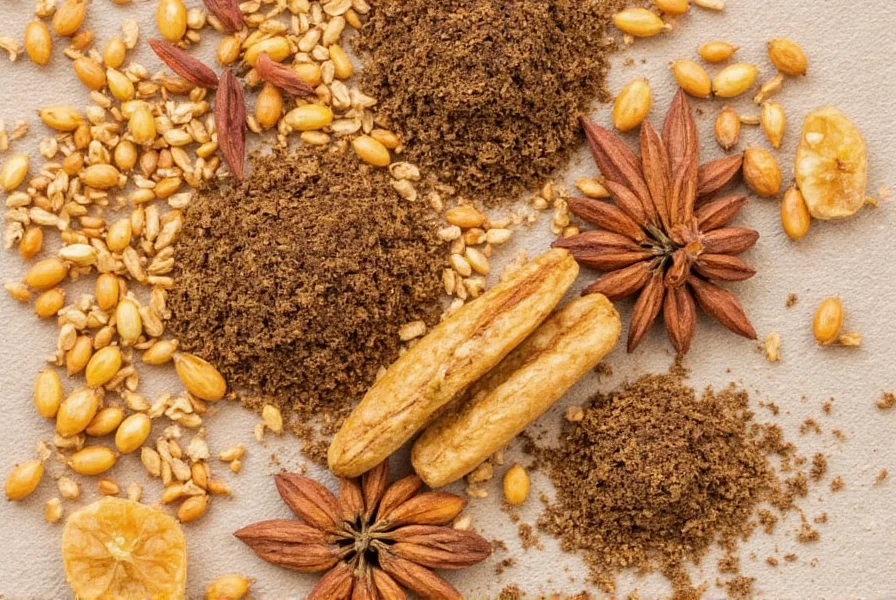









 浙公网安备
33010002000092号
浙公网安备
33010002000092号 浙B2-20120091-4
浙B2-20120091-4